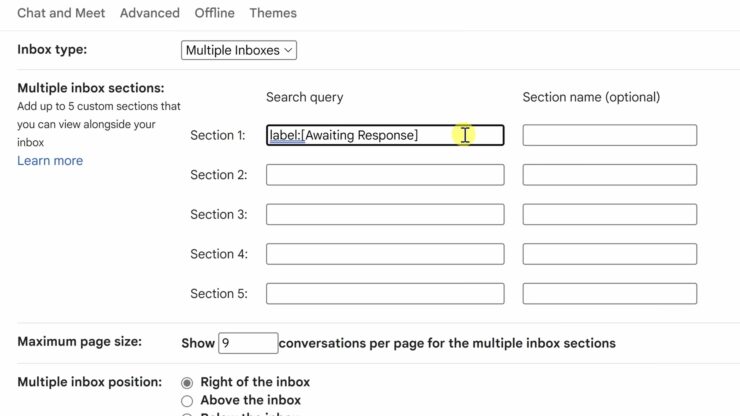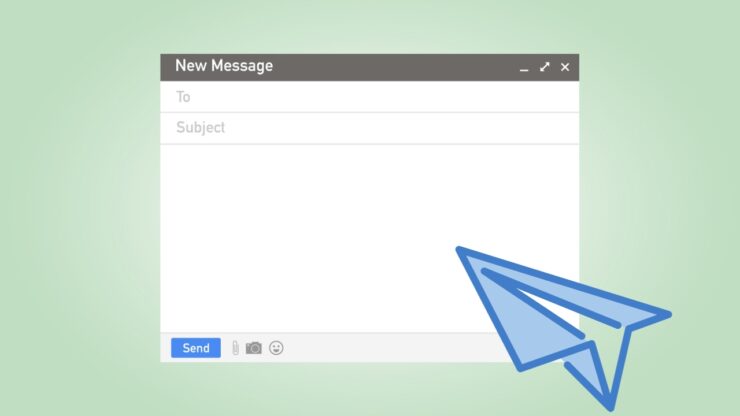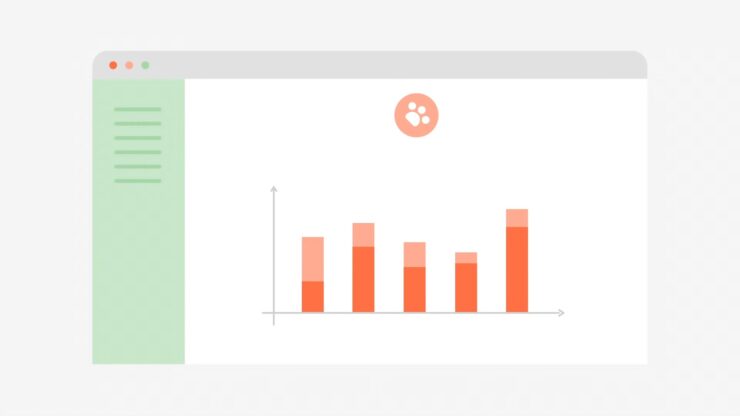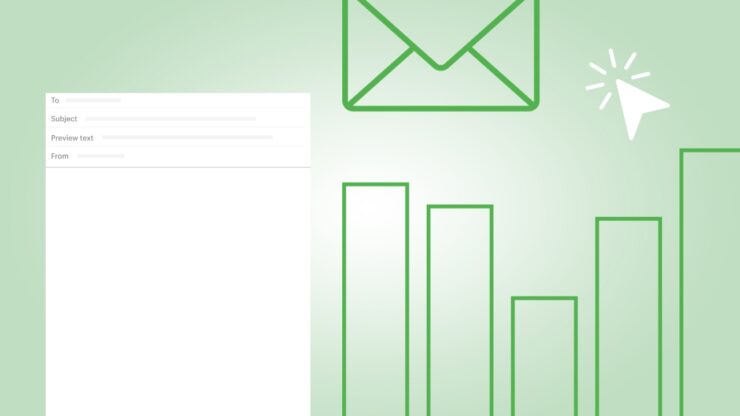Email campaigns are an essential part of your marketing toolkit. They help you market your products and services, and also let you engage with your audience. They are a great way to entice, inform, and update customers. So, you really need to focus on this method.
However, it’s not a simple matter of writing a few emails and sending them out en masse. You need to run proper email campaigns, using the best tools and information at your disposal. These campaigns should take user behavior, aesthetics, tone, and data into account.
This isn’t easy unless you make a proper plan and make your campaigns in advance. Here are a few simple steps to help you set up email campaigns for your office.
1. Choose the Right Tools

You need to pick the best tools for the job. There are a number of email services out there, with detailed tools to plan the best campaigns. Go over the options available within your budget, and reach out to a top few choices. Run a trial campaign with each service to see what works best for you.
This way, you can also pick and choose what add-ons you want with your services. Focus on email lists, performance data, integrations, and email workflow capabilities to make the right choice for you. Often, something as user-friendly as the PosterMyWall email builder will work great for you, especially if you’re working with a small team.
2. Make Your Emails Appealing
Your emails should look appealing and have attractive layouts. You can no longer send out simple text and be done with it. Take a look at what companies are doing, and incorporate it into your campaigns. Make things easy for yourself, and pick out options from the corporate email templates on PosterMyWall. Then, customize them according to your needs.
Make sure your chosen layout has ample space for images, contact information, and interactive elements. In addition, do not clutter up the space with walls of text. Your emails should look crisp, professional, and be pleasing to the eye.
3. Organize Your Email Lists

Your email lists are the backbone of your email campaign strategies. Make sure you organize them before you launch any campaigns. Take a look at your current lists, and categorize them according to activity. Divide active, inactive, and old users into separate lists and also pinpoint potential leads.
Then, you can clearly see what types of emails would work best for each category. This way, you can optimize the results for your email campaigns. You can also plan retargeting email campaigns to get old users back into the fold. As for potential customers, you can turn soft leads into hard sales if you run the right email campaigns, with ample convincing and offers sprinkled in.
4. Write Engaging Content
Your content should be engaging, but not too casual. Remember that you are sending out emails. This means that you need to maintain professional language, but still appeal to your audience. For each email list, you’ll need to pick out what tone works best.
Then, you can write your content accordingly. Make sure you keep the readability levels in mind and don’t use overly difficult language. Focus on the tone as well. For example, if you’re talking to dormant users, ask them why they left, and use an apologetic tone for any issues they may have faced. As for new customers, use an exciting and engaging tone.
5. Work on Your Subject Lines

Your subject lines play a huge role in the success of your email campaigns. They should be short, create a sense of urgency, and not sound like spam. All of this requires a fine balance. So, work hard on your subject lines and run them through online scoring tools.
This will help you increase your email open rates. Spammy subject lines will lead to people leaving you unread in their email inboxes.
6. Test Your Email Campaigns
Testing is an essential part of any marketing campaign, and email campaigns are no different. So, create two different versions of your emails, with one slight difference. This A/B testing will help you pinpoint what element to change.
When you’re still testing things out, you can use multivariable testing. In this, you’ll try out different emails for representative segments of your audience, and see what works best.
7. Define Clear Campaign Goals

Defining clear campaign goals is crucial for the success of your email marketing efforts. Before you send out a single email, pinpoint exactly what you aim to accomplish. Do you want to boost product sales? Or perhaps your focus is on driving more traffic to your latest blog post?
Maybe you’re trying to nurture leads or enhance customer loyalty. By setting tangible objectives, you can tailor your content to meet these aims and have a solid benchmark to measure the effectiveness of your campaign.
8. Segment Your Email Lists
Segmenting your email lists is equally vital. It’s not just about categorizing your subscribers; it’s about recognizing their unique preferences and behaviors. By creating segments based on demographics like age and gender, or by using purchase history and past interaction with your emails, you can deliver personalized content that resonates.
Location-based segmentation can tailor content to cultural nuances or regional offers. This personal touch can significantly lift your open and click-through rates, leading to better engagement and increased conversions. Remember, a one-size-fits-all approach is a thing of the past; tailored content is the future of successful email campaigns.
9. Analyze Email Performance Data

Data analysis is also a major part of email marketing campaigns. Look out for factors like open rates, response rate, and time spent on the email. This will help you see how your audiences reacted to your campaign. It will also help you plan follow-up emails and make changes to future campaigns.
Many email services offer in-app data analysis, but you can try out a variety of analytical tools to see what works well for your needs.
These 9 simple steps are all you need to run successful email campaigns for your office. Work around these to get the best results and get those leads flowing in!

